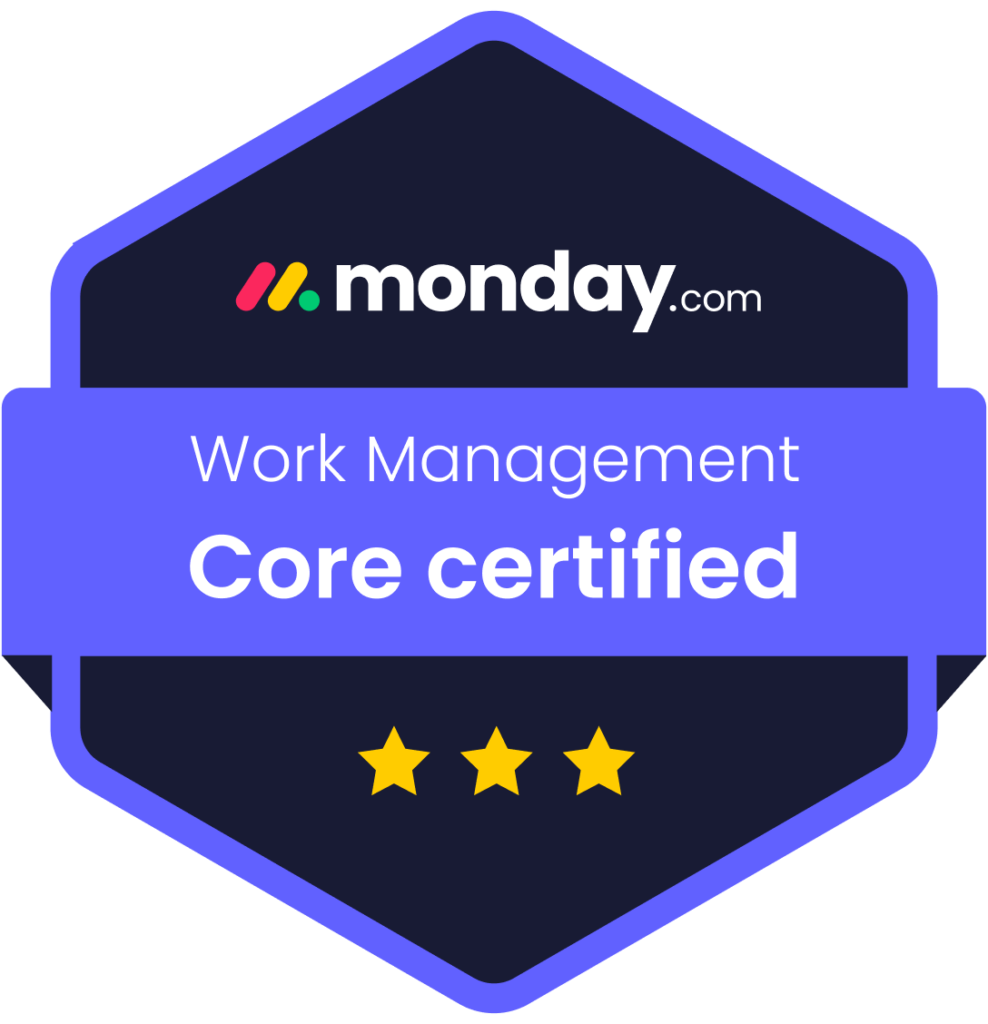In the fitness industry, having a robust online presence is vital for attracting new clients to your gym. However, many gym owners struggle to translate their online efforts into new memberships. This blog post explores common reasons your gym’s online presence may not be effectively drawing in new clients and offers actionable strategies for improvement.
Lack of Effective SEO Strategies
Ignoring Keyword Research
Keyword research is crucial for effective SEO. If you’re not using the right keywords, potential clients may not find your gym in search results. Begin by identifying keywords that potential members use when searching for fitness options. Tools like Google Keyword Planner and Ahrefs can help you discover relevant keywords that have significant search volume and lower competition.
Poor On-Page SEO
On-page SEO involves optimizing your website’s individual pages to rank higher in search results. This includes:
- Title Tags: Ensure each page has a unique title that incorporates primary keywords.
- Meta Descriptions: Write engaging meta descriptions that encourage users to click through.
- Headers: Utilize appropriate header tags (H1, H2, H3) to structure your content logically.
- Content: Create high-quality, informative content that naturally integrates your target keywords.
Weak Content Marketing Strategy
Insufficient Blog Posts
A blog can significantly enhance your gym’s SEO and position you as an authority in the fitness industry. Regularly publish blog posts that cover topics like workout tips, nutrition advice, or success stories from members. This not only attracts visitors but also demonstrates to Google that your website is active and relevant.
Duplicate Content Issues
Duplicate content can negatively impact your SEO rankings. If your gym is using the same descriptions across multiple platforms or copying content from other sites, it could harm your visibility. Ensure that all content on your website is unique, informative, and valuable to your audience.
Poor User Experience
Slow Loading Times
Page speed is a critical factor in user experience and SEO. If your website takes too long to load, potential clients are likely to leave before they even see what you offer. Use tools like Google PageSpeed Insights to analyze your website’s loading times and identify areas for improvement.
Non-Mobile Friendly Design
With a significant number of users accessing websites via mobile devices, it’s essential for your gym’s site to be mobile-friendly. Google prioritizes mobile-responsive sites in its rankings. Implement a responsive design to ensure your site looks and performs well across all devices.
Insufficient Local SEO Efforts
Ignoring Google My Business
For gyms, local SEO is paramount. If you haven’t claimed and optimized your Google My Business (GMB) listing, you’re missing out on potential local clients. Ensure your GMB profile includes your business name, address, phone number, website, and operating hours. Encourage satisfied clients to leave positive reviews, which can enhance your local search rankings.
Inconsistent NAP Information
Your Name, Address, and Phone Number (NAP) should be consistent across all platforms—your website, social media, and directories. Inconsistencies can confuse search engines and negatively affect your local SEO efforts.
Lack of Engaging Social Media Presence
Low-quality or Inactive Social Media Accounts
Having social media accounts that are either inactive or poorly managed can hinder your gym’s online presence. Regularly post engaging content, such as workout videos, tips, and member testimonials. Engaging with your audience can help you build a community and encourage potential clients to choose your gym.
Not Utilizing Paid Advertising
While organic reach is important, paid advertising can significantly enhance your gym’s visibility. Consider using platforms like Facebook and Instagram to run targeted ads that promote special offers, classes, or events. These ads can reach potential clients in your area and drive traffic to your website.
Not Tracking Performance Metrics
Ignoring Analytics
If you’re not monitoring your website’s performance, you won’t know what strategies are working and which aren’t. Utilize tools like Google Analytics to track website traffic, user behavior, and conversion rates. This data can provide insights into your strengths and areas needing improvement.
Failing to Adapt to Trends
The fitness industry is continually evolving, and so are SEO practices. Stay informed about the latest trends and algorithm changes by following industry blogs and participating in webinars. This knowledge can help you refine your strategies and maintain or improve your rankings.
Weak Brand Identity
Lack of Clear Branding
A strong brand identity is essential for standing out in the competitive fitness market. If your gym lacks a clear brand message or visual identity, potential clients may overlook you. Invest time in developing a cohesive brand that reflects your gym’s values and appeals to your target audience.
Inconsistent Messaging
Consistency in messaging across all platforms builds trust and recognition. Ensure your website, social media, and promotional materials convey a unified voice and style. This consistency reinforces your brand and enhances your visibility in search results.
Failing to Engage with the Community
Ignoring Customer Feedback
Customer feedback is vital for improving your services and boosting your online reputation. Actively seek reviews and testimonials from clients, and respond to both positive and negative feedback. Engaging with your audience not only enhances your credibility but also encourages more people to choose your gym.
Failing to Build Relationships
Networking within your local community can lead to valuable partnerships and collaborations. Attend local events, join community groups, and connect with other fitness professionals on social media. Building relationships can lead to referrals and valuable backlinks, which can improve your online visibility.
Conclusion
Attracting new clients to your gym through your online presence requires a comprehensive approach that includes effective SEO strategies, engaging content marketing, superior user experience, local SEO, active social media engagement, performance tracking, strong branding, and community engagement. By addressing these common issues, you can enhance your online visibility and draw in more clients to your gym. Implement the strategies discussed in this post, and watch your client base grow.
Remember, building a strong online presence is a continuous process. Consistency, quality content, and ongoing engagement with your audience will ultimately lead to greater success in attracting new clients and growing your gym.












